
Would you like to learn how to play the D# major chord on the piano? You’ve come to the right place!
The D# major chord is distinguished by its brilliant sound and its ability to infuse any composition with positive energy. Its versatility and rich harmony make it suitable for a wide range of musical genres, from classical to pop. Like most major chords, it often evokes feelings of joy and optimism. Its mastery offers pianists a wide range of musical expression, enriching their repertoire with profound nuances.
In this article, we’ll learn how to play the D# major chord on the piano by exploring the notes and its variations through explanatory diagrams and tutorial videos. At the end of the article, you’ll also find some examples of popular songs that use this chord.
Learn chords and more with the La Touche Musicale app
The D# major chord is a harmonic whole composed of three notes: D# as the root, F## as the major third and A# as the perfect fifth. This combination creates the bright, energetic sound characteristic of major chords. Popular in many musical styles, from classical to jazz, rock and pop, the D# major chord brings a rich, expressive musical color.
A♯ – Fifth finger (5)
F## – Third finger (3)
D♯ – First finger (1)


A♯ – First finger (1)
F## – Third finger (3)
D♯ – Fifth finger (5)


Learn chords and more with the La Touche Musicale app
D♯ – Fifth finger (5)
A♯ – Second finger (2)
F## – First finger (1)


D♯ – First finger (1)
A♯ – Third finger (3)
F## – Fifth finger (5)


F## – Fifth finger (5)
D♯ – Third finger (3)
A♯ – First finger (1)


F## – First finger (1)
D♯ – Third finger (3)
A♯ – Fifth finger (5)


Learn chords and more with the La Touche Musicale app
To master this chord, we suggest you work on a few different exercises each week. Try to be regular in your work sessions to make much faster progress (3 to 4 times a week over 20-minute sessions would be perfect).
You can also use our interactive piano learning app to improve your fingering and the fluidity of your movements.
Here are some exercises for mastering the D# major chord on the piano:
This iconic song by British rock band The Beatles uses the D# major chord in its chorus. It’s an excellent example of the use of this chord in a pop-rock context.
This modern pop track also uses the D# major chord in its chord progression, highlighting the harmonic richness of this chord in a contemporary composition.
Although this piece is originally in D major, in some versions it is transposed to D# major to suit the performer’s voice. This is great music for practicing this chord while having fun and singing along.
The D# major chord therefore enjoys great popularity in a wide range of contemporary pieces and timeless classics. Its distinctive sound adds harmonic richness to many musical compositions. By mastering this chord on the piano, musicians can broaden their sound palette and explore new expressive possibilities in their playing.
We hope you have found this article useful, and that it will enable you to play this chord in many of your compositions or performances. Don’t forget to work regularly on the exercises we’ve given you above to make rapid progress.
You can also use our piano learning app to help you on your musical adventure.
It’s a triad made up of a root note, a third and a fifth.
A♯ – Fifth finger (5)
F## – Third finger (3)
D♯ – First finger (1)
D♯ – Fifth finger (5)
A♯ – Second finger (2)
F## – First finger (1)
F## – Fifth finger (5)
D♯ – Third finger (3)
A♯ – First finger (1)
La Touche Musicale is a popular app specialized in piano learning. You can register for free and learn to play your favorite songs with this chord and many others.
You can use our La Touche Musicale app or browse our blog category to learn how to play all the popular piano chords.
Help democratize piano learning by sharing this article:
Learn to play all the chords to your favorite songs on the piano




La Touche Musicale offers powerful AI apps to help you learn, play, and transcribe music effortlessly. Discover them below.
Ideal for: solo piano

Transcribe your piano pieces to sheet music with unrivalled precision.
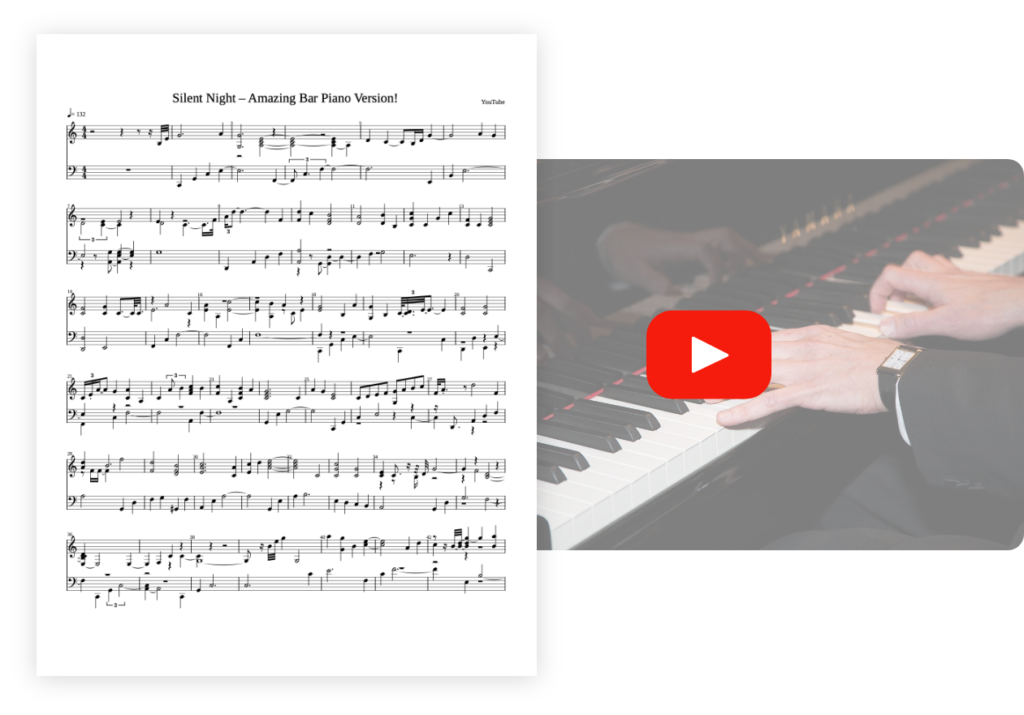
Ideal for: solo guitar

Transcribe your guitar tunes into tablature with unrivalled precision.
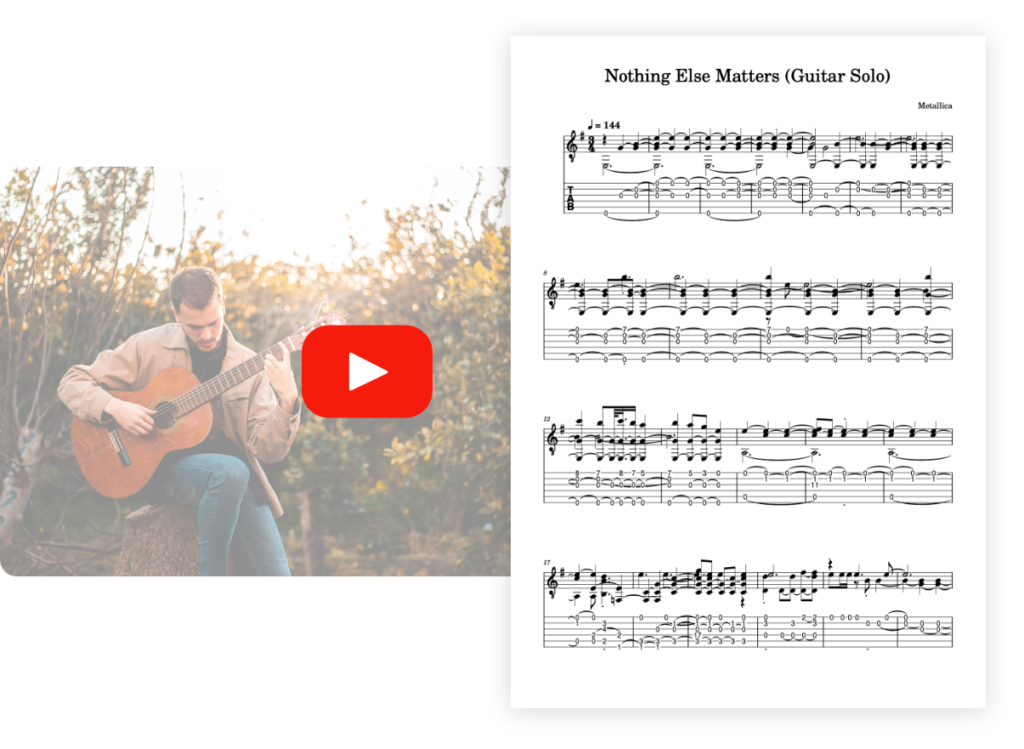
Ideal for: solo vocals

Transcribe your vocal recordings into sheet music with unrivalled precision.
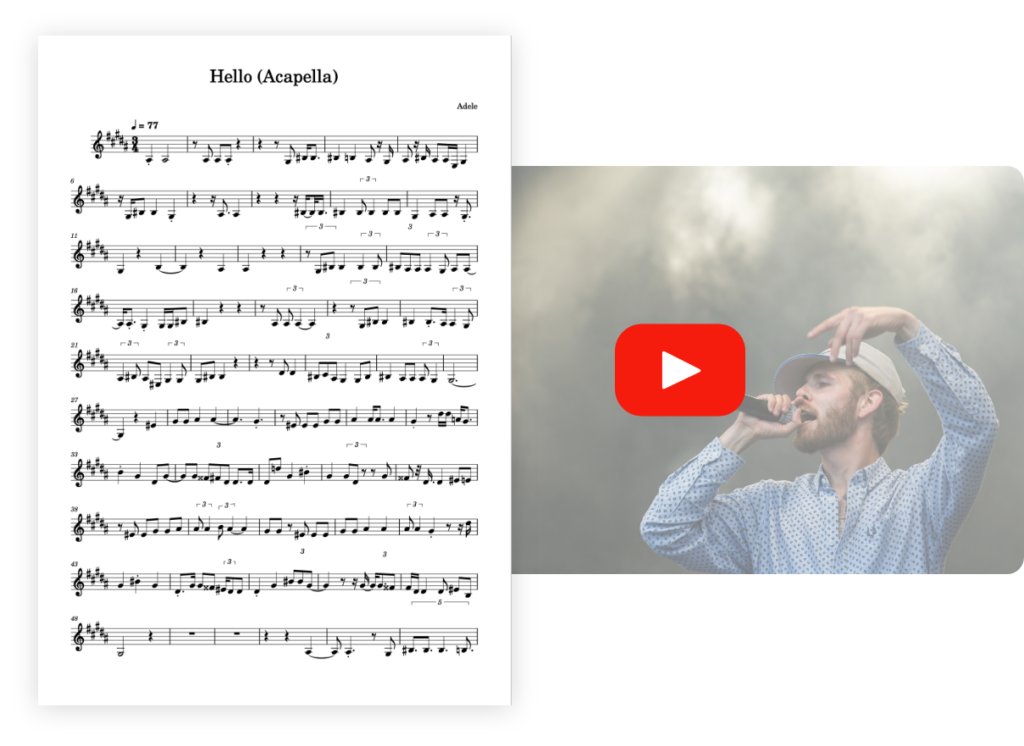
Ideal for: multi-instruments

Transcribe your multi-instrument tracks into sheet music with unrivalled precision.
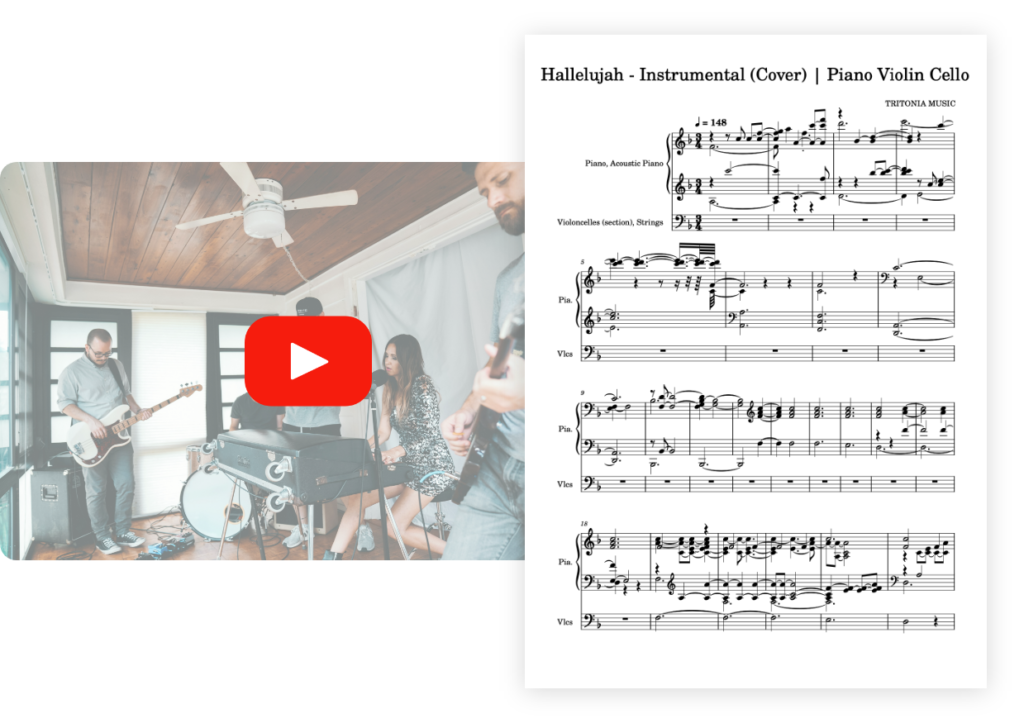
Ideal for: solo drums

Transcribe your drum tracks into sheet music with unrivalled precision.

Ideal for: solo violin

Transcribe your violin pieces into sheet music with unrivalled precision.
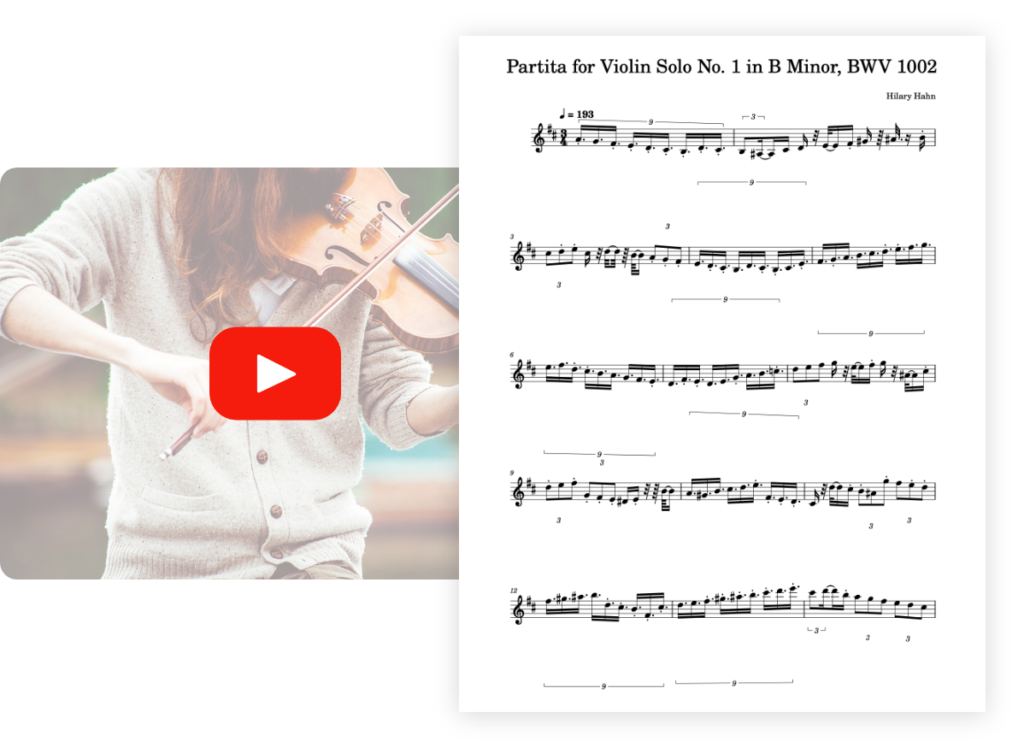
Optimized for: solo saxophone 🎷

Transcribe your saxophone pieces into sheet music with unrivaled precision.

Optimized for : solo flute 🪈

Transcribe your flute pieces into sheet music with unrivaled precision.
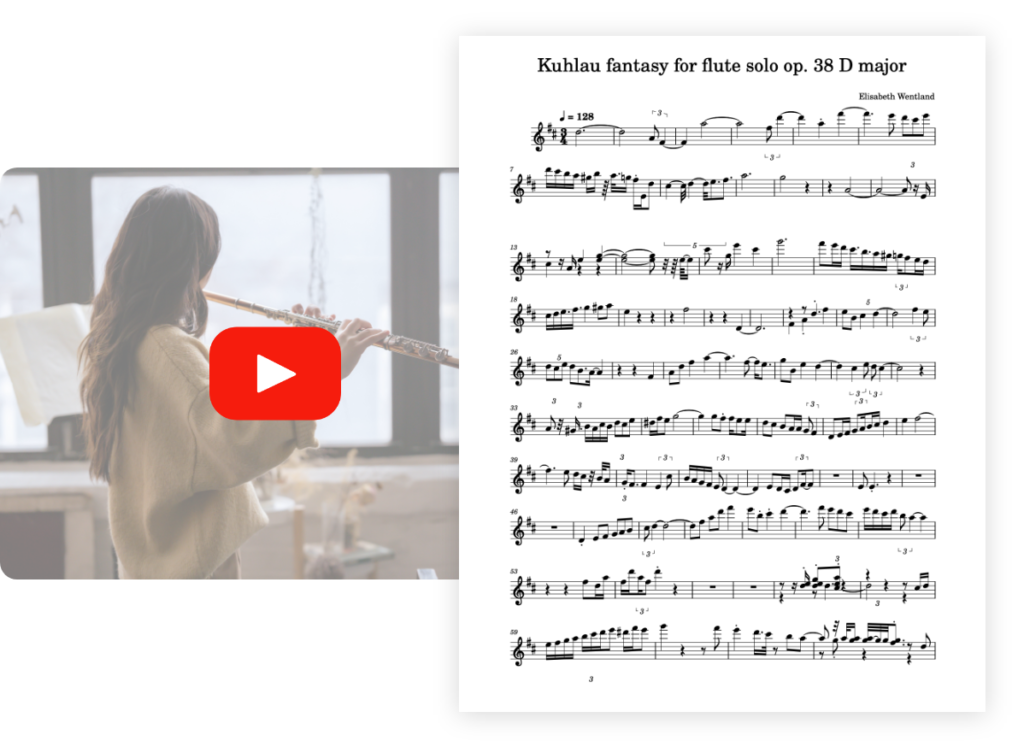
Optimized for : solo bass 🪕

Transcribe your bass pieces into sheet music with unrivaled precision.
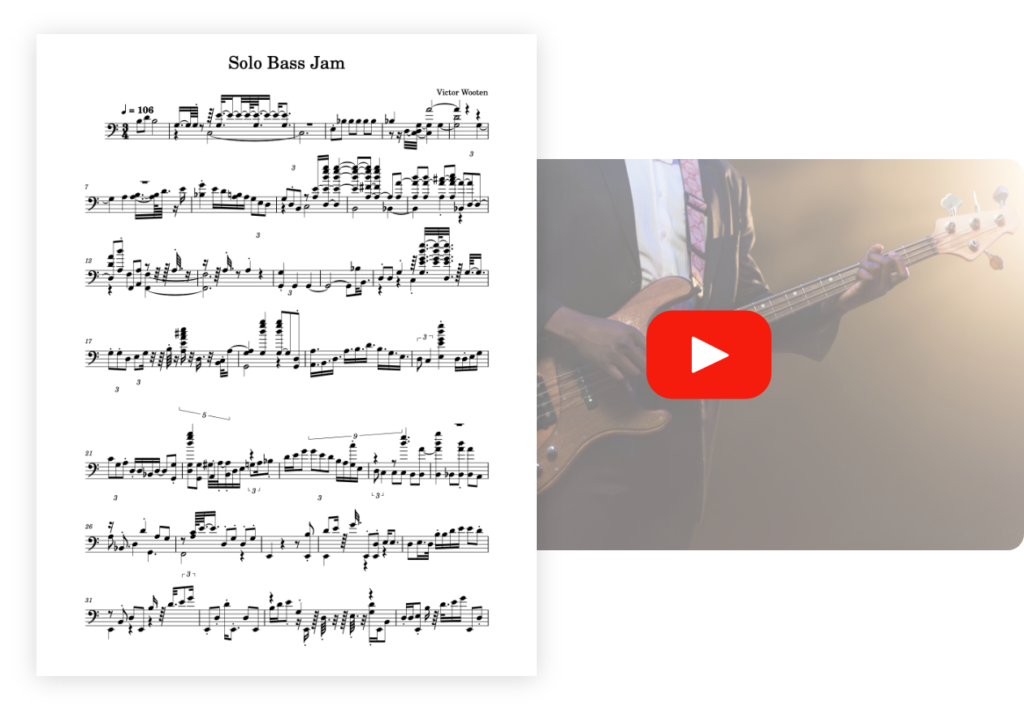
PianoGo lets you learn to play over 3,000 songs easily on the piano.
